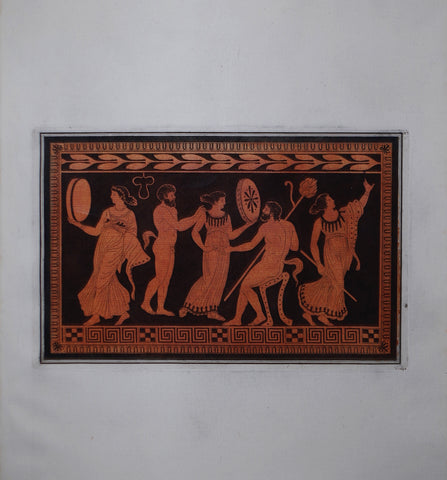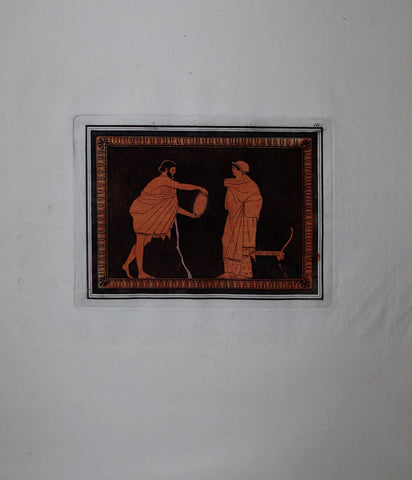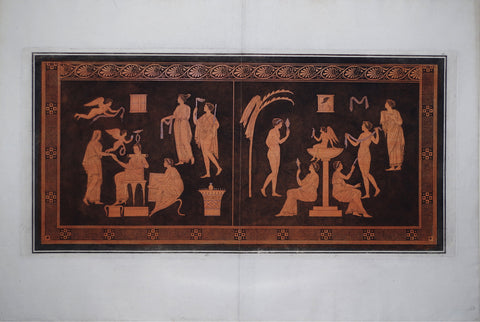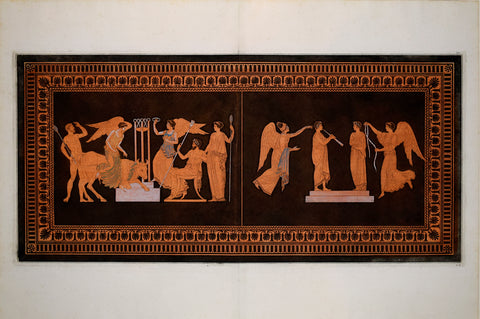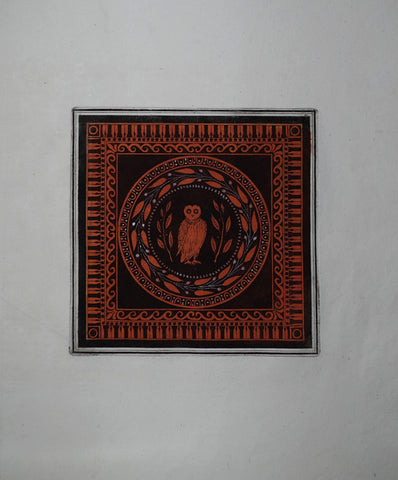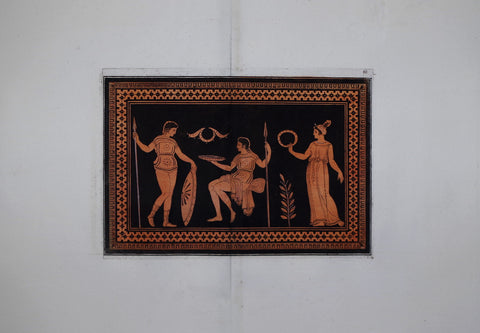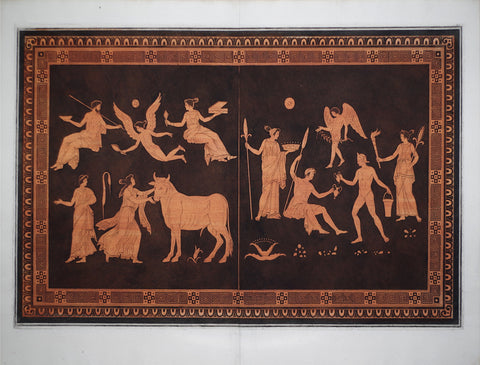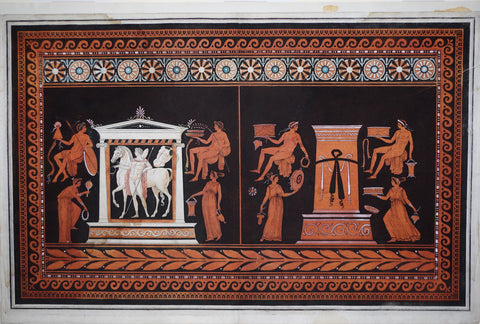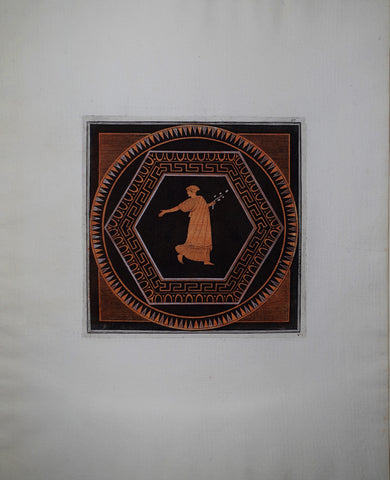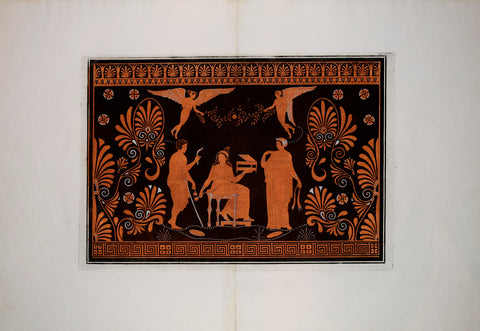Search By Artist
Sir William Hamilton (1730-1803) and Pierre Francois Hugues d' Hancarville.
Antiquities Etrusques, Grecques et Romaines..
Paris: 1785-1788
Engravings with original hand-coloring
Hamilton's collection of ancient vases, assembled by him after his appointment to the court of Naples in 1764, was first illustrated, described, and published between 1776 and 1777. Pierre Francois Hugues, an authority on ancient art, had introduced Hamilton to the Porcinari family, the owners of a large collection of ancient classical vases which Hamilton bought and enlarged, and then sold to the British Museum in 1772. Before their shipment of England, all the objects were listed, drawn and described under the supervision of the brilliant but unscrupulous 'baron'. The work was finely illustrated with hand-coloured engraved plates whose 'influence on neo-classical design and taste was to be profound' (Dictionary of Art). One of the explicit aims of the work was to discover the proportions of ancient vases in order to aid in their true reproduction, and indeed its influence on Josiah Wedgewood was significant. "Within barely a year of the publication of the first volume Josiah Wedgwood had opened his pottery works, Etruria, in Staffordshire, and thrown six black basalt ‘first day vases’ based on vases in Hamilton's publication. Countless other subsequent Wedgwood articles and designs were inspired by the work.
"When Hamilton and his wife returned to London on leave in August 1771, he negotiated for his collection of vases to be bought for the nation. According to tradition, this ‘first collection’ was purchased for the British Museum in 1772, for £8400, out of funds authorized by act of parliament. There seems to be no evidence for this sale, although the story was known to Horace Walpole, who refers to it in one of his ‘books of materials’ but mentions the sum of £8000. In 1772 Hamilton was made a knight of the Bath and elected a fellow of the Society of Antiquaries; he and his wife arrived back in Naples early in 1773, after travelling via Vienna, Venice, Florence, and Rome. Believing that he had exhausted the supply of fine Greek vases, Hamilton did not resume collecting until 1789, when he began amassing what would become his second collection of vases. This collection was fully described in Collection of Engravings from Ancient Vases (4 vols., 1791–5), edited with illustrations by Johann Heinrich Wilhelm Tischbein, director of the Naples art academy. Far less expensive than the Antiquités, the volumes of these vase engravings, which were soon republished in various affordable editions, had considerable influence on public taste and on artists such as John Flaxman and Henry Fuseli" (Geoffrey V. Morson for DNB).

